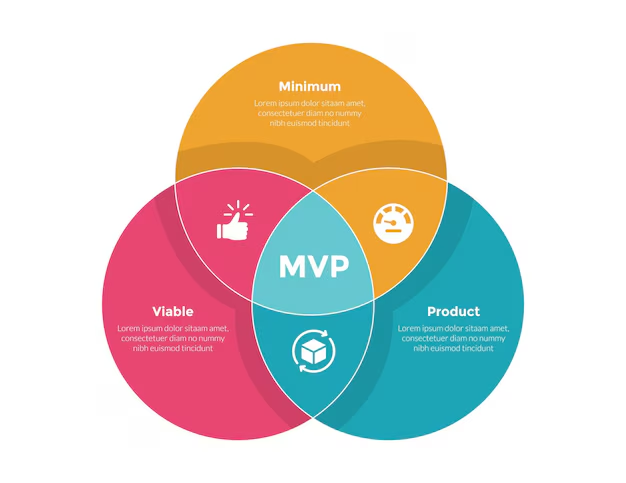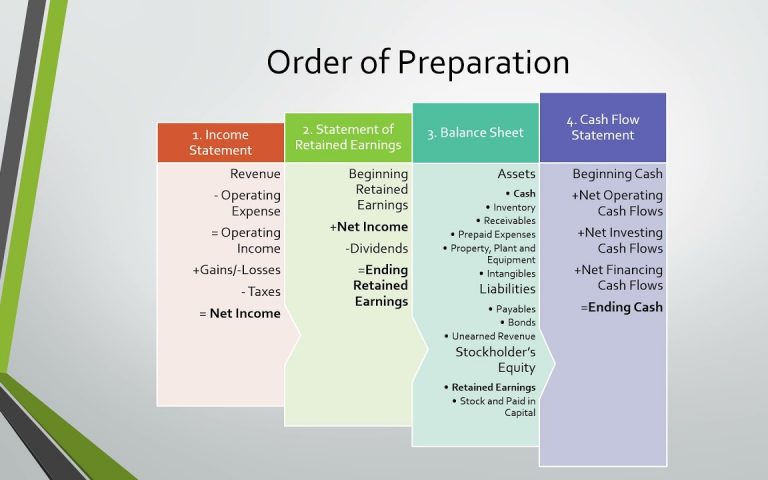As business owners, we are always concerned with how we do things compared with our competition. That is an easy concept because, as owners, we are a competitive lot. We continually compare and analyze the world around us. We know exactly why our favorite football team only has a 3-3 record. Why our kid’s soccer team won their division. Why one political candidate is ahead in the race.
Many business owners don’t formally benchmark their businesses against their competitors. There are a variety of reasons for this but here are a few that may sound familiar.
- I don’t have enough time or energy to do this myself
- It is too hard to find other businesses to benchmark with
- This sounds too expensive to get someone to help me
- I am scared of what I may find
- I will have to take my ego out of the equation
- This is only for larger businesses, it can’t help me
Benchmarking doesn’t have to be expensive, involve specialists or require the cooperation of industry-leading conglomerates to be successful. The beauty of benchmarking is in the benefits that can be gained from the process itself.
Step 1
Develop a list of key business competencies to study. By identifying the most critical performance measurements, you reduce the time, effort and cost of the study. Typically these are areas within your business that you feel need improvement and are those most critical to the overall operations of the company. Select no more than 5 or 6 key competencies to begin the initial benchmarking assessment. Aren’t quite sure what those are? Usually in small businesses they involve customer acquisition, gross profit percentage and cash flow.
Step 2
Identify suitable “partners”. These companies are usually within your industry (although not always). They should also be roughly the same size company in sales volume. Another approach is to study the process itself from a best-in-class company rather than the industry. This is sometimes easier because you don’t have the issues with getting competitive intelligence. Use your networking skills to find local companies that may want to partner in a mutual benchmarking study. Using local partners increases your current network and strengthens your relationships with other businesses, thus building referral sources.
Step 3
Collect the data by use of surveys and interviews. Once you have the results, analyze the partner’s strengths and compare them to your company’s practices. Capture the gaps to identify areas of improvement. Develop written action plans for implementing initiatives to fill the gaps.
Step 4
Personalize the new practices so they work within your business and implement the new strategies you have learned through the benchmarking process. Track and measure the effectiveness of the new practices to ensure successful implementation.
Step 5
Keep this benchmarking methodology as a tool in your toolbox for the future. Use it on a periodic basis to take advantage of additional opportunities for business improvement. Need help setting it all up? Don’t hesitate to give us a call. We can work with you to set a solid plan in motion.
***
TITAN Business Development Group, LLC
www.TitanBDG.com































































































